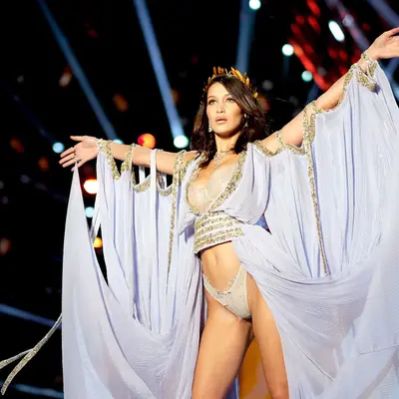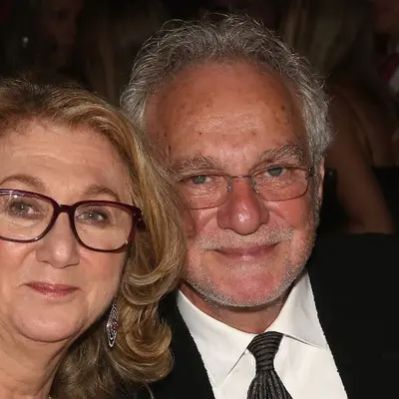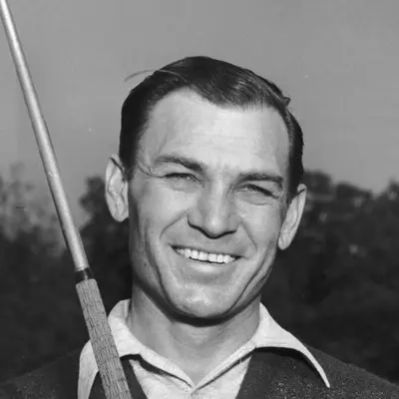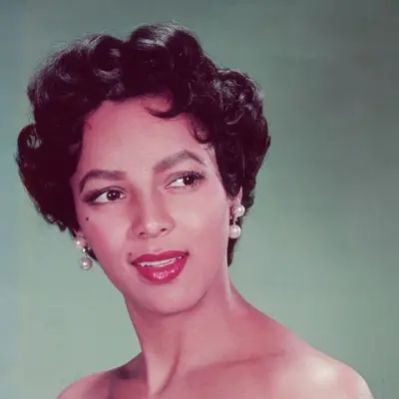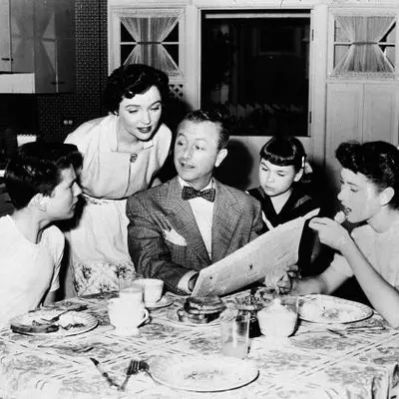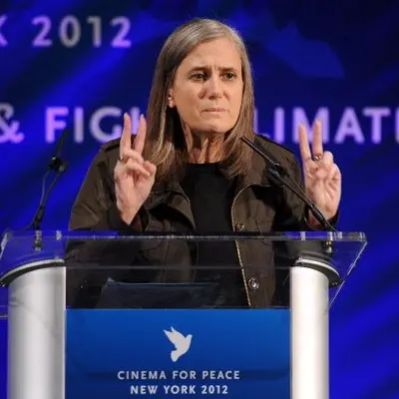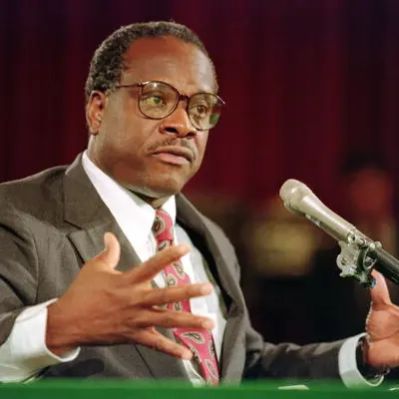What Is Tinker Hatfield’s Net Worth?
Tinker Hatfield, a prominent figure in the world of athletic shoe design, has accumulated a net worth of $25 million. His wealth is primarily derived from his successful career at Nike, where he has designed some of the most iconic sneakers in history. While the exact breakdown of his assets isn’t publicly available, it’s safe to assume his net worth is composed of a mix of salary, design royalties, potential stock options, and real estate holdings.
Tinker Hatfield’s Career and Contributions to Nike
Hatfield’s journey with Nike began in 1981 when he joined as a corporate architect, designing retail spaces. Four years later, he transitioned into shoe design, marking a pivotal moment in his career. His initial impact was felt with the 1987 release of the Air Max 1, a revolutionary shoe that showcased Nike’s “Air” unit through a translucent bubble under the heel. The Air Max 1 quickly became a hit, paving the way for subsequent models like the Air Max Light, Air Max III, Air Max 180, and Air Max 93.
However, Hatfield’s most enduring legacy lies in his work with the Air Jordan line. Beginning with the Air Jordan III in 1988, he served as the lead designer for Air Jordans III through XV, and later designed the Air Jordans XX, XXIII, XXV, XX8, XX9, and XXX. His designs not only captured the essence of Michael Jordan’s athletic prowess but also reflected the cultural zeitgeist of the time. The Air Jordan III, for instance, introduced the iconic Jumpman logo, which has since become synonymous with the Air Jordan brand. The Air Jordan IV was the first in the line released globally, cementing the brand’s international appeal.
Each Air Jordan designed by Hatfield brought unique elements to the table. The Air Jordan V in 1990, inspired by a WWII Mustang fighter, featured a reflective tongue, translucent rubber soles, and lace locks. This model even gained further popularity through its exposure on the television sitcom “The Fresh Prince of Bel-Air.” Even after Michael Jordan’s initial retirement, Hatfield continued to innovate, designing the Air Jordan XV in 1999. Although inspired by the aircraft prototype X-15 and incorporating woven Kevlar fiber, Hatfield considers this shoe his least favorite of the series. He later returned to design the Air Jordan XX for the shoe’s 20th anniversary, followed by the Air Jordans XXV, XX8, XX9, and XXX.
Phil Knight, Nike’s co-founder and former CEO, has publicly stated that Hatfield’s Air Jordan III saved the company, preventing Michael Jordan from signing with Adidas in the late 1980s. While it is difficult to precisely quantify the financial impact of Hatfield’s designs, it is clear that his contributions have been vital to Nike’s success and, by extension, his own net worth.
Other Notable Designs and Recognitions
Beyond the Air Max and Air Jordan lines, Hatfield has contributed to several other notable projects. He designed the Nike Air MAG for the 1989 film “Back to the Future Part II,” a shoe that has since become a highly sought-after collector’s item. He also designed the bat boots worn by Michael Keaton in the “Batman” films. The financial details of these specific design contracts are not publicly available.
His design work extends beyond footwear. Hatfield created the graphic design on the basketball court at the University of Oregon’s Matthew Knight Arena, which opened in 2011. In 2013, he worked on Nike and Jordan brand concept car designs for the video game “Gran Turismo 6.”
Hatfield’s influence has been widely recognized throughout his career. He was named one of Sportstyle Magazine’s most influential people in the sports business in both 1993 and 1996. In 1998, Fortune magazine included him on its list of the 100 most influential designers of the 20th century. He received the Ellis F. Lawrence Medal from the University of Oregon School of Architecture and Allied Arts in 2008. In 2019, Nike honored Hatfield with his own signature sneaker. His induction into the Oregon Sports Hall of Fame acknowledges his contributions to sports, further solidifying his impact.
Real Estate Holdings and Personal Life
Tinker Hatfield and his wife Jackie own multiple properties in the United States. Their real estate portfolio includes homes in Portland, Oregon, as well as properties along Lake Pend Oreille in Idaho. While the exact addresses and property values are not publicly available, it is plausible to expect that these real estate investments contribute a portion of Tinker Hatfield’s net worth.
Tinker Hatfield’s personal life remains relatively private. He and his wife Jackie have three daughters. Specific details regarding his lifestyle, such as the types of cars he drives or other luxury assets he owns, are not publicly documented.
 Net Worth Ranker
Net Worth Ranker
















